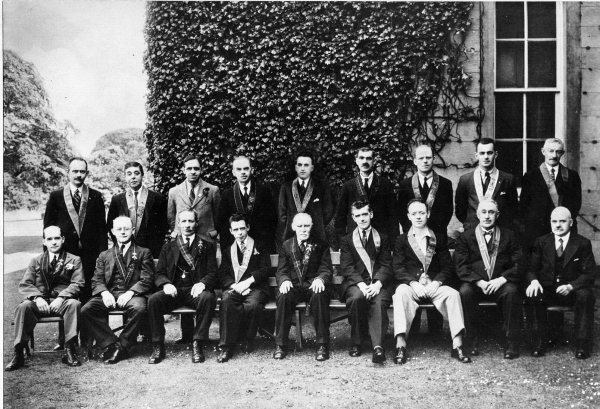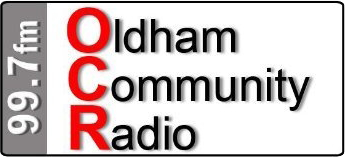The Ancient Order was formed, almost readymade, once it had become independent from the Royal Foresters in 1834. This was a period characterised by widespread demands for universal (male) parliamentary democracy.
The 1834 cessation itself was a result of a drive for democratic decisions on the general rules governing the Royal Foresters. The popular clamor for universal franchise had quietened after the suppression of the Chartists in 1848, and on the economic front, industrialisation was in full swing in England.
The Foresters by that time had accumulated years of experience of running Courts (branches), actuarial science had progressed and moves were now in place to further government regulation of all friendly societies to prevent insolvency. These moves led to the important Friendly Societies Act of 1875. This Act laid down systems of management and reporting, and five-yearly valuations of assets against liabilities.
The introduction of the Welfare State in 1948 led to the closure of many courts (branches), some did however manage to continue and in doing so went through many changes. This included their biggest change with the complete modernisation at the end of the 20th century. This was completed with the centralisation and incorporation in September 2002. For all that change the remaining Courts still continue their social and benelovent role.
In this 1938 photograph taken outside Kirklees Hall we have the 18 members of the Court Bethulia 261 which was the Clifton and Calder District of the society.
The members are (back row left to right): A. W. Ridley, who lived in Crowtrees Lane who was well know in and around the town as a pianist and gave lessons to many young hopefuls – perhaps you were one of his pupils; W. L. Sykes, who lived in Clifton and had a reputation as a sportsman particularly on the cricket pitch; J. H. Baxter, who was employed at Blakeborough’s as a draughtsman, born in Preston he moved to Brighouse and joined Blakeborough’s and soon became involved in the local community, particularly as a trainer for Bridge End Church football team; David Denham, had a wire drawing business, but I am sure some readers will remember him better as an art teacher and very much in the same school of art as the noted Brighouse artist Miles Sharp; Clifford Hartley, who many will remember from his days as the President of the Brighouse Co-op; R. Sykes who was the brother of W. L. Sykes and another Cliftoner;
Mr J. Chatburn from Crowtrees Lane and another employee of Blakeborough’s; Laurie Walton, who gave a lifetime to Scouting and was appointed the District Commissioner and R. Merchant, another Cliftoner who it is said was the doorman for the branch meetings – no one got passed him without the tell tale three knocks entry signal.
Moving to the front row, we begin with Joseph Bell, who was a craftsman cabinet maker and also hailed from Clifton; next is another draughtsman from Blakeborough’s John Foster Brown; Sam Walton, who lived at Thornhill Road and was a Cooper; George Marshall who worked for A.H. Leach and considered to be a first class artist; J. W. Lister, a name that was very familiar in Brighouse and synonymous with the wire trade; Harold Hirst, who was badly injured during the First World War; A. Wood, another businessman, he was an iron moulder and had his work premises at Snake Hill just off Birds Royd; J. F. Brevitt, another of the Blakeborough staff and finally Irvine Schofield, he was also from ‘…Blakes…’ and was the railway manager.





















